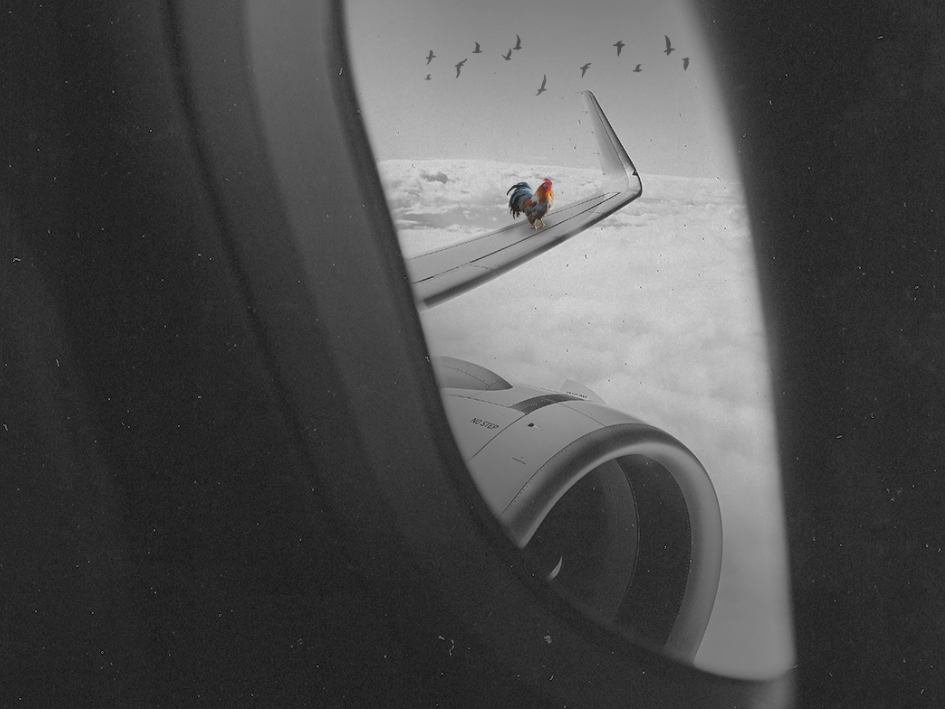Consientization: How to Get a Chicken to Cross

Communities are inherently capable and empowered; thus, the process of social innovation should begin with the liberation of thought, starting by encouraging beneficiaries to think critically about the challenges they face, and from there facilitating change toward a better direction.
An intriguing question arose during the “Intro to Social Innovator” webinar hosted by Maxima Impact Consulting, led by Ivan Ahda on May 27, 2024. In the discussion, which was part of the Social Innovator Mentorship Program Batch #3, a participant asked:
“How do we start change? How do we transition from charity to community empowerment? What tools are effective for doing that?”
In response, Ivan Ahda highlighted human awareness as a crucial factor in social change. “People over process,” he said. There is no (process of) change without awareness and willingness. Citing the systems thinking model, he explained that change is an expression of human thought patterns or mental models. In essence, behavior—what is displayed in daily life—is like the tip of an iceberg, supported by various ideas, ideologies, desires, and knowledge beneath the surface.
This discussion took me back 10-20 years to when I was facilitating participatory discussions in community empowerment. Among the various opening questions I would pose, one that often sparked conversation was, “Why did the chicken cross the road?” or “Why does the eagle fly while the chicken does not?” Participants usually gave diverse answers, ranging from philosophical and technical to simply humorous. It didn’t matter, as the real answer was quite simple: because it wants to.
Though it may seem trivial, this answer is more than just a gimmick to lighten the atmosphere; in the context of change, empowerment, or community development, desire or willingness is the fundamental basis for initiating change.
Initiating Change Through Awareness and Critical Thinking
The answer to the question of how to initiate change was provided by Paulo Freire (1921-1997), an educational expert from Brazil. Conscientization, or consciousness-raising, derived from the Spanish word conscientización, refers to the development, strengthening, and transformation of awareness. This term reached community empowerment advocates in Indonesia through his book, Pedagogy of the Oppressed, published in 1968 by the Institute for Social and Economic Research, Education, and Information (LP3ES) under the title Pendidikan Kaum Tertindas.
Although published more than half a century ago, the book remains relevant today and continues to have a significant impact on education, particularly in the realm of critical pedagogy. According to Freire, humans are innately capable of changing their own destiny. Therefore, the main task of education is to enable learners to become subjects themselves, with a process aimed at raising critical awareness among learners while simultaneously striving to change the social structures that perpetuate inequality.
This perspective challenges biases in community empowerment and social innovation efforts that often view communities as helpless beneficiaries who need constant teaching, guidance, and support. Freire suggests that communities are, in fact, empowered and capable; thus, the social innovation process should begin with the liberation of thought, starting by encouraging beneficiaries to think critically about the challenges they face, and from there, facilitating change toward a better direction.
Equality is also a key element in Freire’s philosophy. He envisions fair education as one in which everyone has an equal opportunity to learn and grow. In the context of empowerment, this challenges traditional societal hierarchies, where teachers and innovators often hold absolute authority. Freire advocates for the establishment of horizontal relationships between teachers and students, innovators and beneficiaries, allowing both to learn together.
Ivan Ahda closed the discussion by emphasizing the importance of human beings in empowerment:
“The effectiveness of concepts or tools depends on the people using them. Different individuals, with different competencies and knowledge, will yield different outcomes even when using the same tools,” he concluded.
Returning to the chicken puzzle, wings are merely tools and instruments that will not take the chicken anywhere without the desire.
